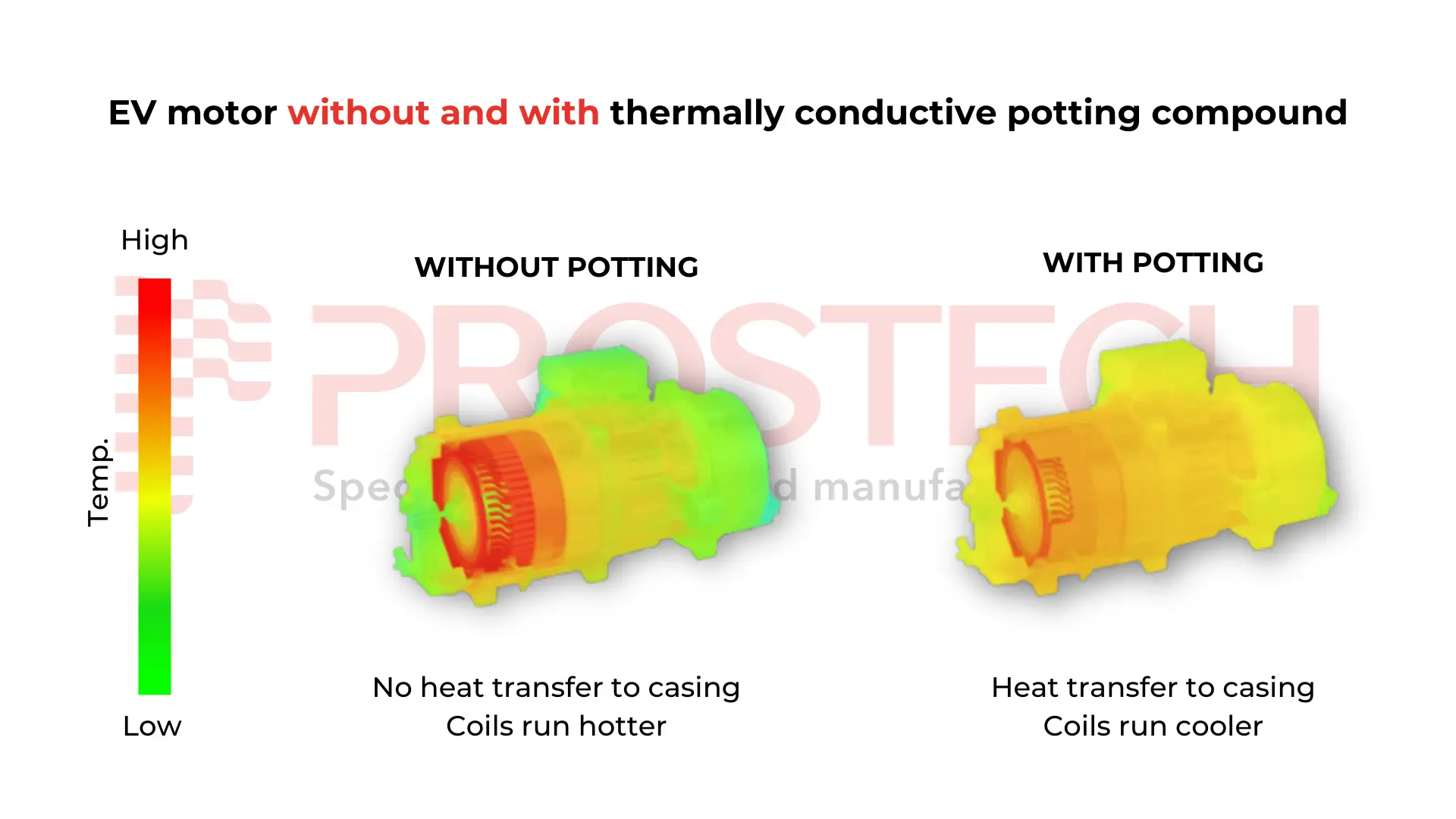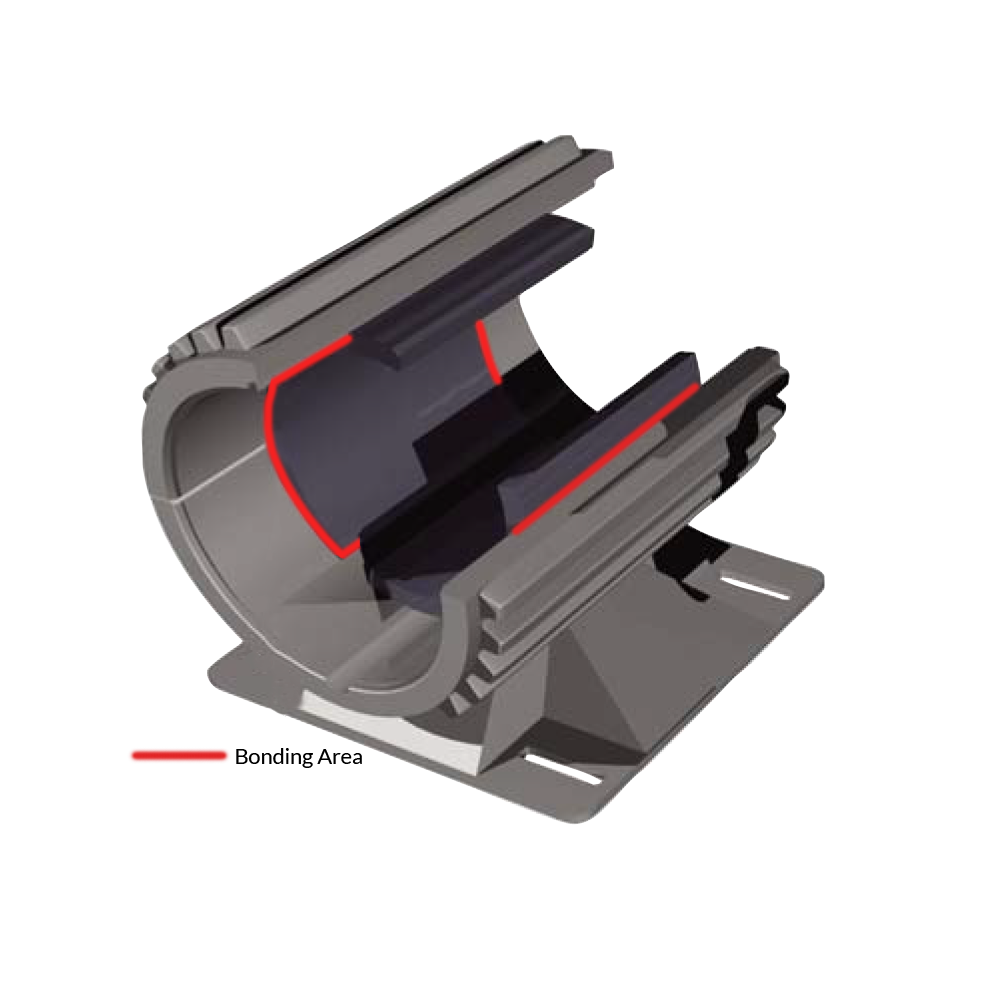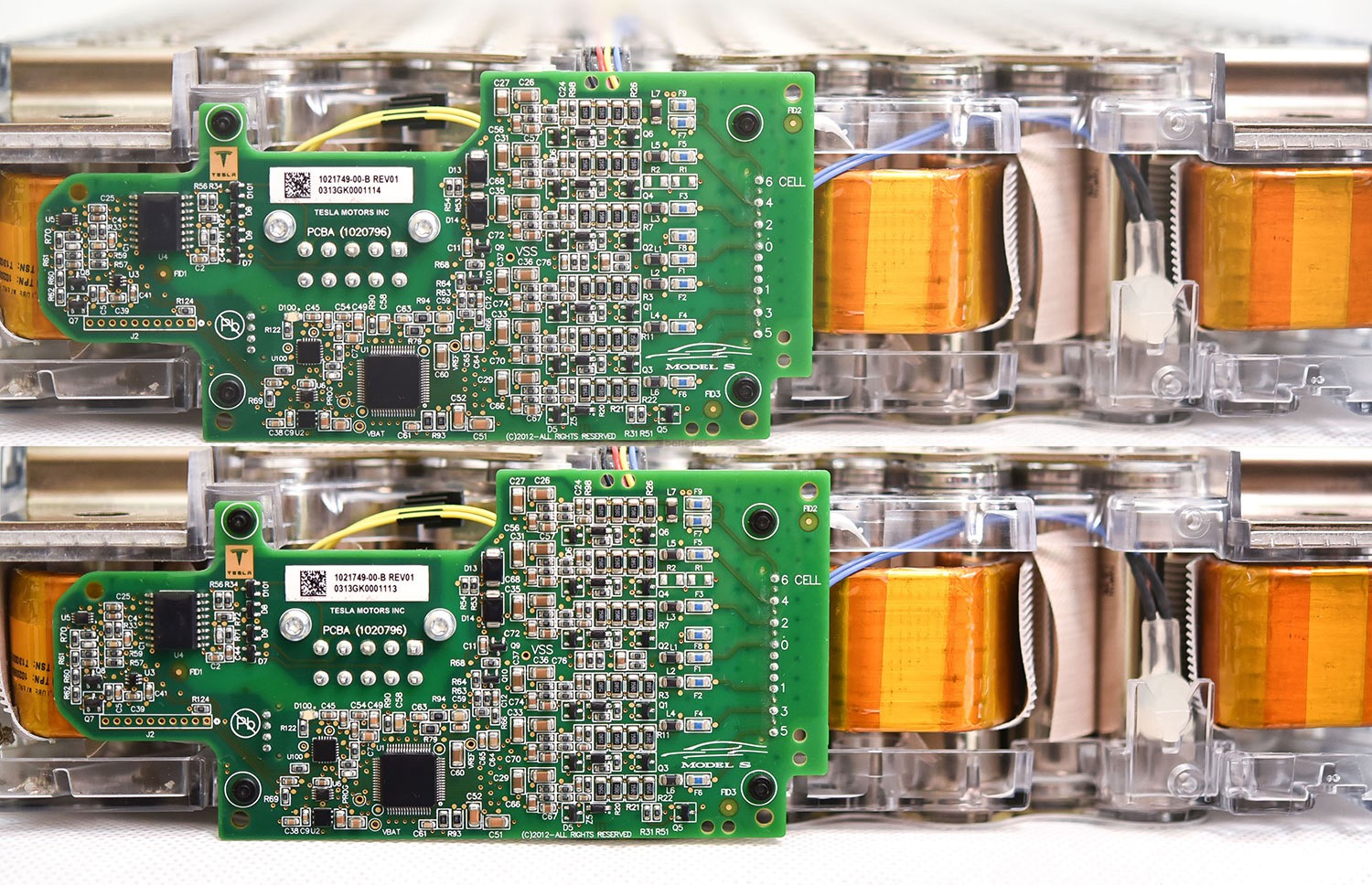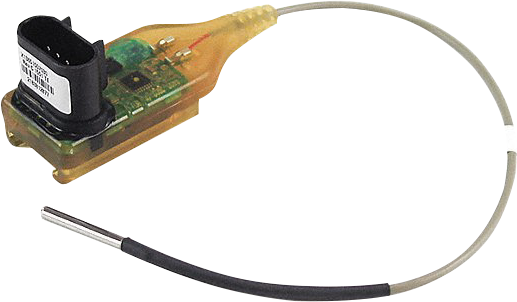E-motor potting, utilizing thermally conductive materials, offers an efficient solution for protecting and dissipating heat in EV drive systems. This method not only safeguards electronic parts from environmental stressors but also improves overall heat transfer, ensuring your EVs run smoother and last longer. This blog will provide valuable insights into optimizing EV motor performance. We will dive into why thermal management is essential for EV motors, the advantages of using thermally conductive potting materials and explore leading products in the market and future trends in thermal management for EVs.
Why Thermal Management is essential in EVs Motor?
Motor designers have long faced the challenge of managing heat in motor designs. Without proper thermal management, thermal losses can drastically reduce power efficiency, degrade motor performance, and lead to premature component failure. Excess heat not only hampers overall performance but can also cause insulation breakdown, demagnetization, and damage to sensitive electronics, significantly shortening the motor’s lifespan.
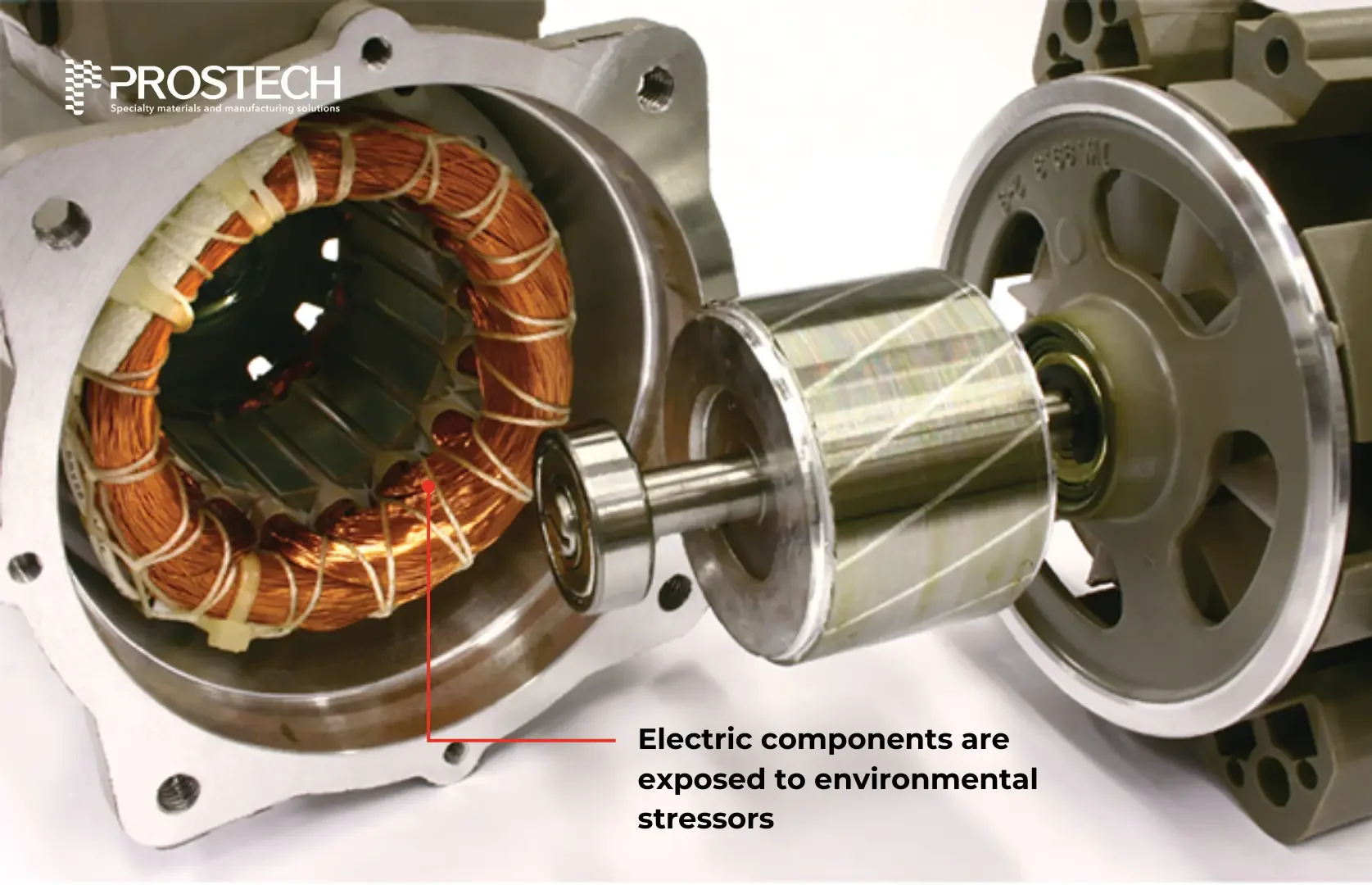
As electrification drives the need for motors with higher voltages and power densities, effective thermal management becomes crucial. Proper thermal management minimizes power losses (I²R losses), enhances performance, and ensures reliability and efficiency.
Related article: Why thermal management is necessary?
As the demand for EVs grows, so do expectations for improved range, faster charging times, and expanded charging infrastructure. New designs often feature smaller components with higher power outputs, leading to increased heat generation. This trend drives the need for advanced resins with superior thermal performance to meet evolving demands.
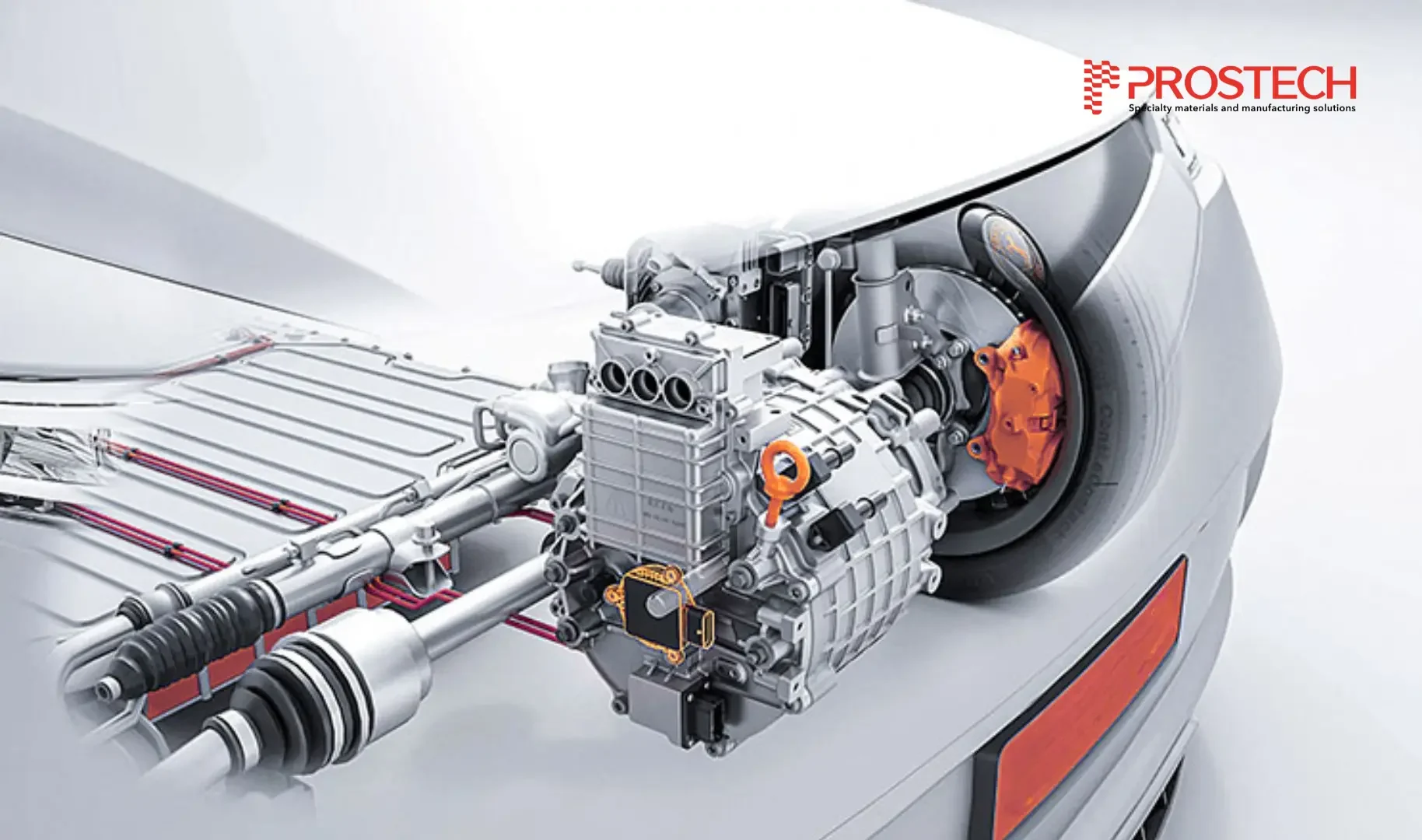
Benefits of Using Thermally Conductive E-motor Potting
Historically, varnishing rotor and stator windings was a common practice for basic insulation. These varnishes primarily served as an initial protective layer, but due to their solvent-based nature, they contained high levels of Volatile Organic Compounds (VOCs), raising environmental concerns. Moreover, varnishes were not engineered for high mechanical strength and often fell short in high-voltage EV motors, which require enhanced electrical insulation and mechanical robustness. High-voltage e-motors demand materials that can withstand vibrations, impacts, and thermal cycling, all while maintaining superior dielectric properties — requirements that basic varnishes struggle to meet.
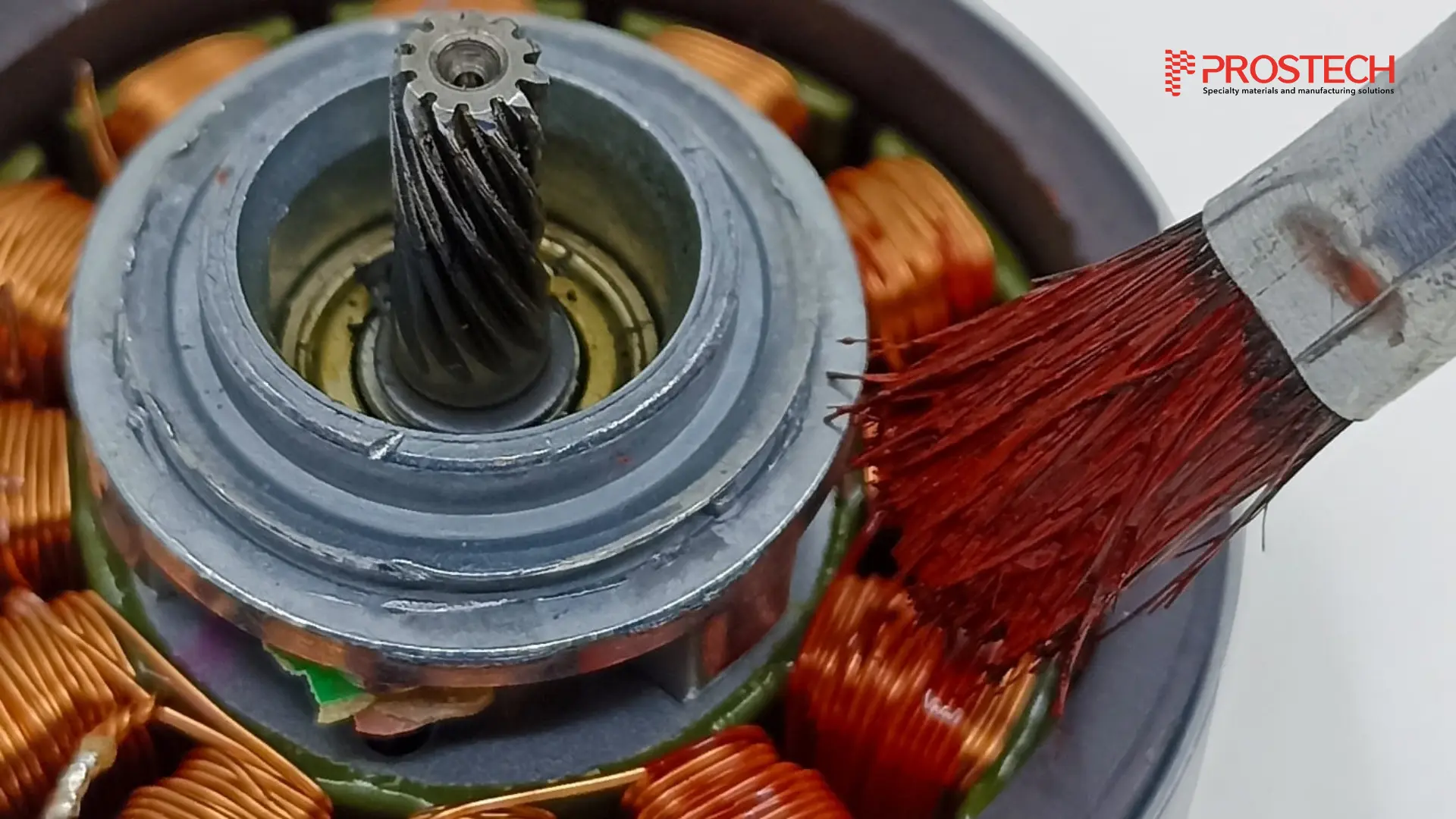
This has led to a shift towards thermally conductive potting materials, offering several key advantages:
- All-Round Protection: E-motor potting materials create a robust barrier against environmental factors such as moisture, dust, and chemicals, ensuring motor components remain functional and reliable in harsh conditions.
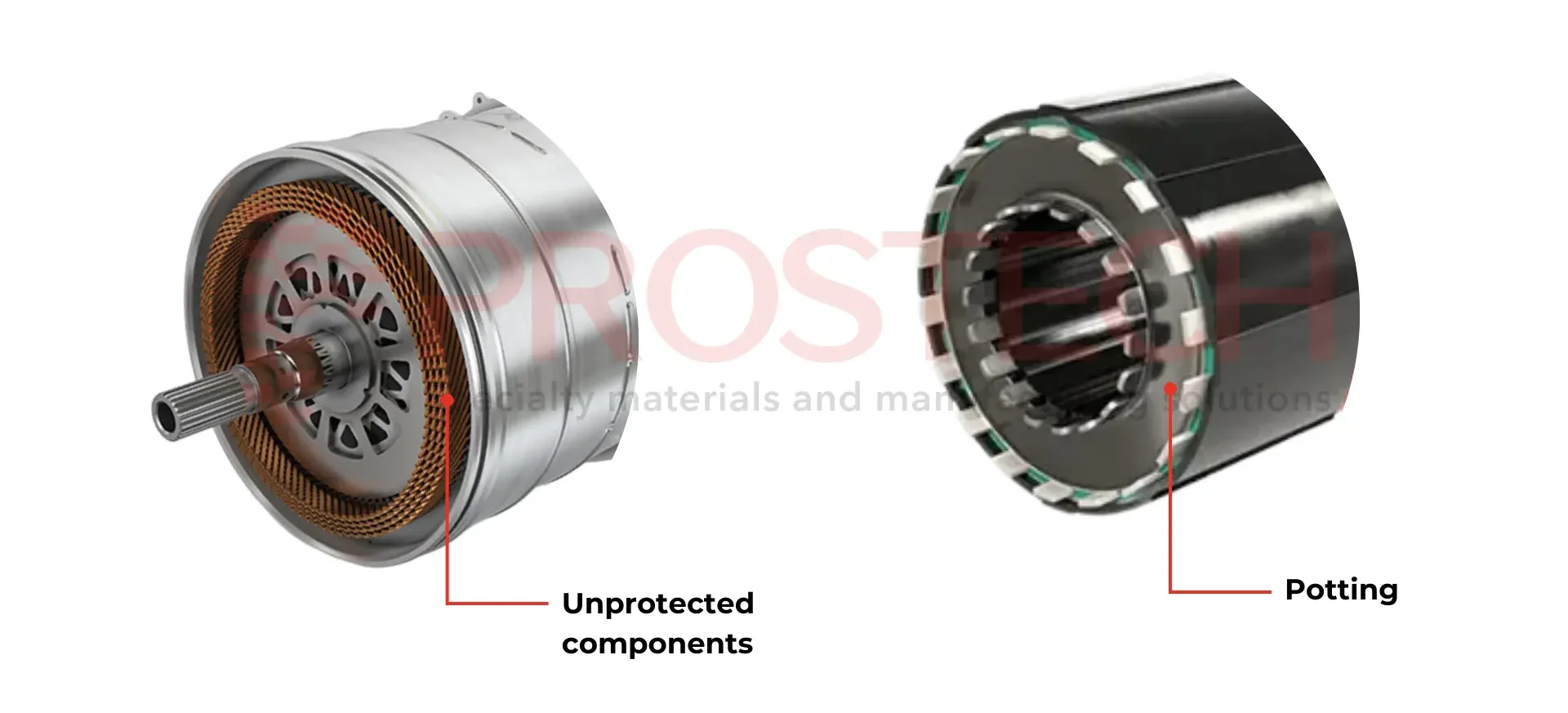
- Electrical Insulation: E-motor potting fills internal voids within the motor, preventing air pockets that could lead to partial discharges, and ensuring optimal electrical insulation critical for safe high-voltage operation.
- Thermal Dissipation: High thermal conductivity potting materials efficiently transfer heat away from critical components, preventing overheating and maintaining motor performance while extending its lifespan.
- Noise, Vibration, and Harshness (NVH) Reduction: E-motor potting materials help dampen vibrations and reduce noise levels, contributing to a quieter and smoother operation of EV motors, which enhances the overall driving experience.
Which is the best materials for E-motor potting?
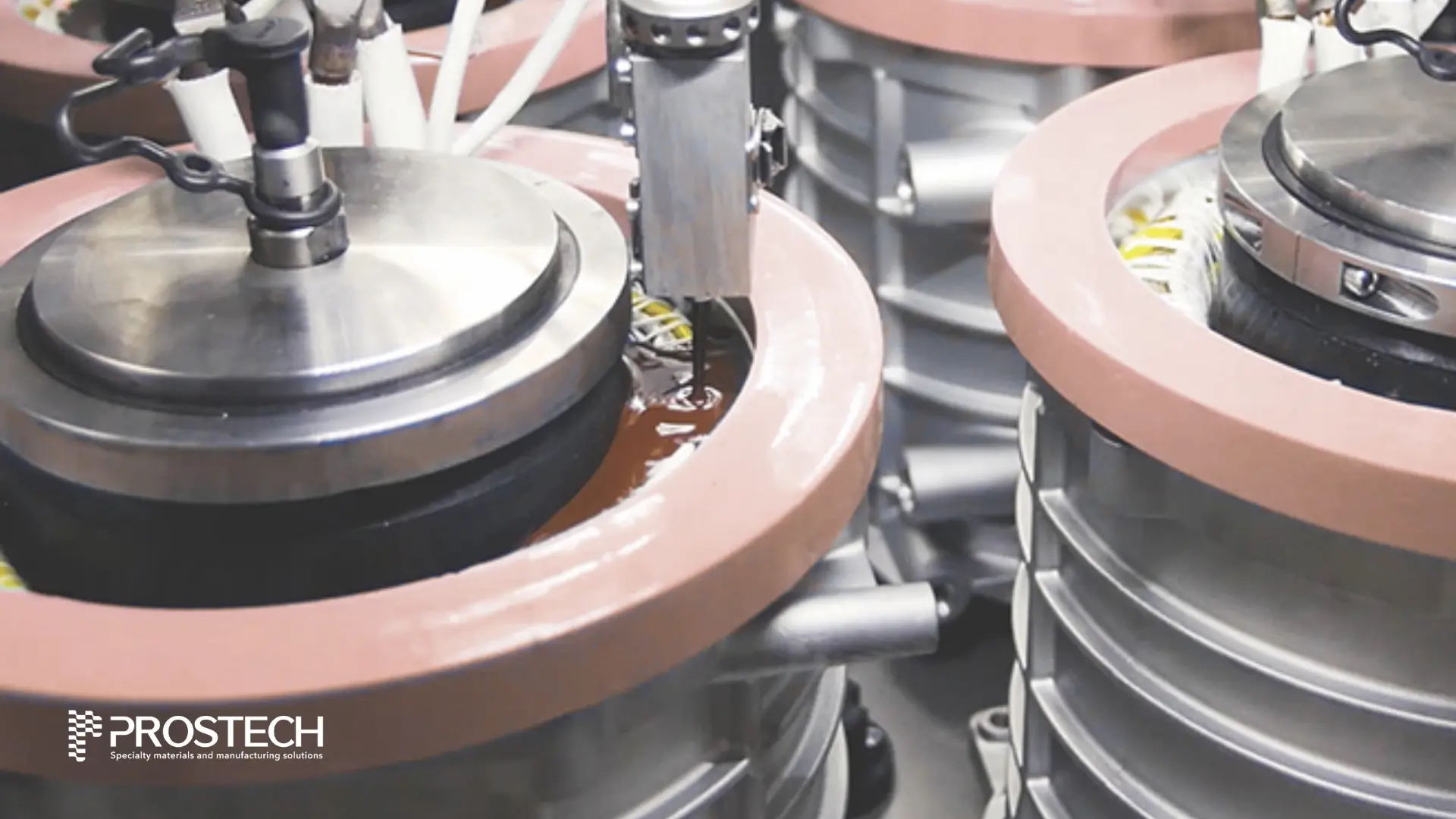
Silicone-Based Potting Compounds
Silicone was among the first materials utilized for potting in EV motors due to its low viscosity and ease of flow, even in complex assemblies. A silicone potting with thermal conductivity around 3 W/mK can effectively dissipate heat.
However, its inherent flexibility and high coefficient of thermal expansion (CTE) can cause issues at elevated temperatures. The expansion of silicone under heat creates mechanical stress, potentially leading to delamination or cracking of encapsulated components. Furthermore, silicone’s softer, elastomeric nature does not provide adequate mechanical stability, making it less suitable for applications that demand high structural integrity, such as those involving high-vibration environments in EV motors.
Polyurethane (PU) Potting Compounds
While PU resins are flexible and easy to process, they have a lower glass transition temperature (Tg), typically 60°C to 120°C, which limits their thermal stability in high-voltage motors. PU’s urethane linkages are prone to hydrolytic degradation at elevated temperatures, reducing its dielectric properties and thermal resistance. Additionally, PU’s higher coefficient of thermal expansion (CTE) can cause significant material stress, leading to delamination and compromised adhesion under heat and vibration.
Epoxy Resins Potting Compounds
Given the limitations of silicone and PU, epoxy-based potting materials have become the preferred choice for high-voltage EV motor applications due to the following properties:
- High Glass Transition Temperature (Tg): Epoxy resins maintain their structural integrity even at elevated temperatures, making them ideal for the demanding thermal conditions of EV motors.
- Superior Mechanical Strength: With a highly cross-linked polymer network, epoxy resins exhibit excellent mechanical properties, effectively resisting vibrations, shocks, and thermal cycling. This ensures robust protection of motor components throughout their operational lifespan.
- Enhanced Chemical Resistance: Epoxy resins offer strong resistance to a wide range of aggressive chemicals, including cooling fluids and oils commonly found in electric and hybrid vehicles. This chemical stability ensures long-term reliability and performance.
These properties make epoxy resins ideal for high-voltage electric motors, balancing performance, protection, and durability.
Prostech’s solution for E-motor Potting
Prostech offers a range of advanced potting compounds from various brand specifically designed to meet the rigorous demands of e-motor applications. These materials are engineered to provide superior performance, ensuring the reliability and efficiency of high-performance electric motors. Key features of Prostech’s potting solutions include:
Optimized thermal management:
- High glass transition temperature (Tg), up to 200°C
- Wide operating temperature range, effective performance from -40°C to +180°C
- Materials available with thermal conductivity ranging from 0.6 W/mK to 1.2 W/mK
- Low Coefficient of Thermal Expansion (CTE), minimizing thermally induced stress and prevent material cracking or delamination.
Enhanced structural support:
-
Provides robust mechanical support to the rotor structure, reducing vibration during operation
Efficient processing:
-
Allows for shorter cycle times, increasing manufacturing efficiency.
-
Ensures complete encapsulation, even in complex geometries.
Safety and Compliance:
-
UL94 V-0 Certification: Meets stringent fire safety standards for flammability resistance.
 |
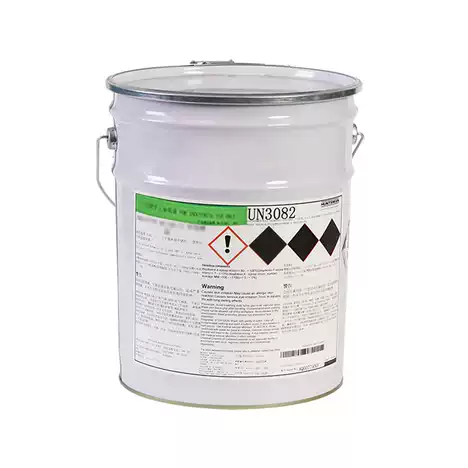 |
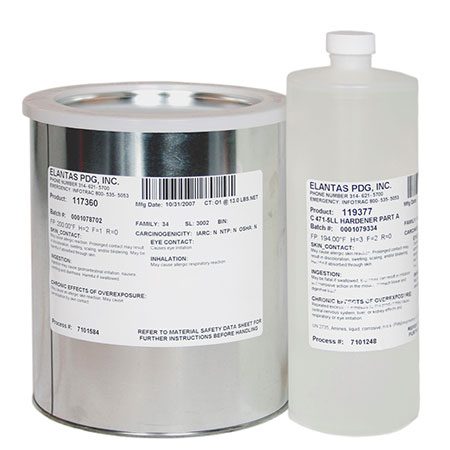
|
Besides high-performance materials for potting, Prostech also provides automated potting systems and end-to-end solutions to ensure seamless integration into your production process.
At Prostech, we are dedicated to supporting customers with expert product selection to ensure the best fit for their high-voltage electric motor applications. Our focus is on providing solutions that enhance thermal management and motor performance. Our team is ready to assist design engineers in choosing the optimal encapsulation resin for their specific needs, ensuring reliable and efficient performance in next-generation EV motors. Please contact us by leaving your contact information below:




